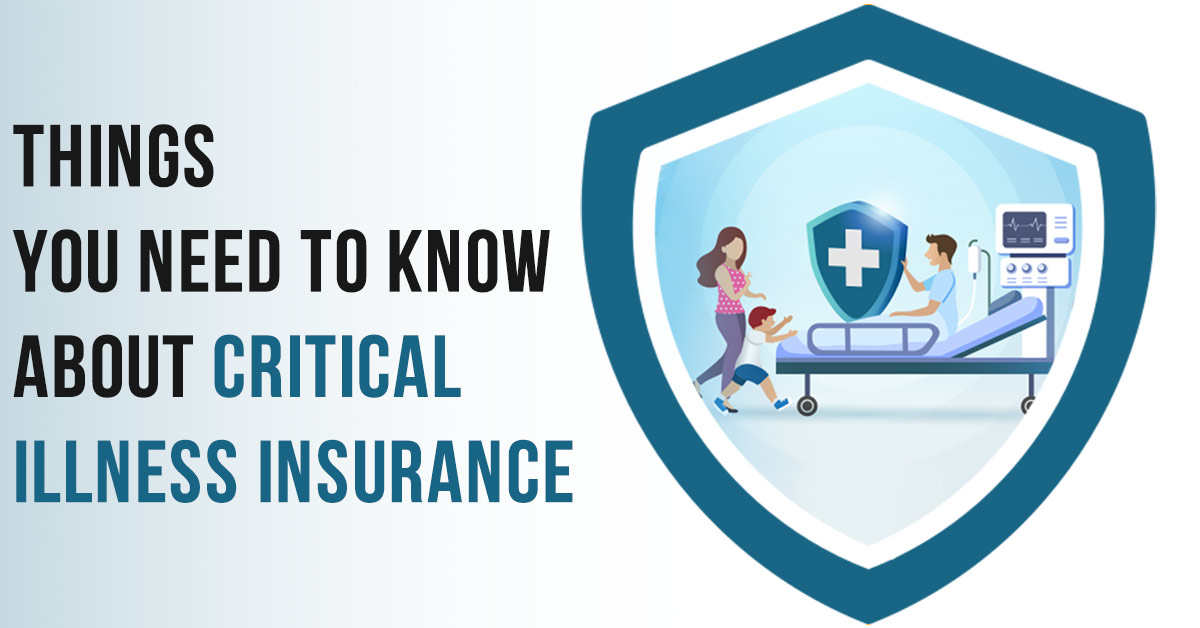When life throws an unexpected health crisis your way, the emotional toll is only part of the struggle—financial burdens often hit just as hard. That’s where Critical Illness Insurance comes in. It’s a policy that may not be discussed as frequently as life or health insurance, but in today’s world of rising medical costs and increasing chronic disease rates, it’s becoming more essential than ever.
Whether you’re safeguarding your future, supporting your family, or simply trying to stay financially prepared, understanding how critical illness insurance works is a vital step toward comprehensive protection.
What Is Critical Illness Insurance?
Critical illness insurance is a lump-sum benefit policy that pays you a specific amount of money if you’re diagnosed with a covered severe illness. These typically include life-altering conditions such as:
-
Cancer
-
Heart attack
-
Stroke
-
Kidney failure
-
Major organ transplant
-
Multiple sclerosis
-
Paralysis
Once diagnosed with one of the listed illnesses and after fulfilling any waiting period, you receive the payout. You can then use the money however you choose—whether for treatment, travel, debt repayment, or living expenses.
Why It’s Different from Regular Health Insurance
While health insurance helps cover hospital bills, medications, and doctor visits, critical illness insurance steps in with cash when you need it most—usually to fill the gaps left by traditional coverage.
It covers non-medical expenses that standard health plans often overlook, such as:
-
Mortgage or rent
-
Transportation to treatment centers
-
Loss of income due to recovery time
-
Childcare or home modifications
In other words, it buys you financial breathing room during a crisis.
Who Should Consider Critical Illness Insurance?
This type of coverage is worth considering if you:
-
Have limited savings to fall back on in the event of illness
-
Are self-employed or a freelancer, without employer-sponsored benefits
-
Have a family who relies on your income
-
Have a history of critical illness in your family
-
Live in a country with high out-of-pocket health expenses
For many, it’s a complementary policy, not a replacement, to traditional health or disability insurance.
What’s Typically Covered?
Coverage varies by insurer, but most policies cover a core group of illnesses. Some insurers offer basic plans with just three conditions (heart attack, stroke, and cancer), while others provide comprehensive plans covering over 30+ illnesses.
Be sure to read the fine print: policies often define illnesses in very specific terms. For example, “early-stage cancer” may not be covered unless it progresses to a more serious stage.
What’s Not Covered? (Exclusions & Limitations)
Like all insurance policies, there are exceptions. Common exclusions include:
-
Pre-existing conditions
-
Illnesses not listed in the policy
-
Minor conditions or early-stage diseases
-
Self-inflicted injuries
-
Illnesses diagnosed within a short time (e.g., 90 days) of buying the policy
It’s crucial to understand the policy definitions—what qualifies as a “heart attack” or “stroke” might differ between insurers.
How Much Does It Cost?
Premiums depend on:
-
Age and gender
-
Health status and medical history
-
Coverage amount (payout lump sum)
-
Lifestyle factors like smoking or high-risk occupations
-
Number of illnesses covered
As an example, a healthy 30-year-old non-smoker might pay $15–$30 per month for $50,000 of coverage, while someone in their 50s may pay significantly more.
You can compare quotes from companies like:
How to Choose the Right Policy
Here are a few tips when selecting a critical illness plan:
-
Check the illnesses covered — Focus on conditions most relevant to your health history.
-
Compare payout amounts — Choose a benefit that realistically covers your expenses for 6–12 months.
-
Understand waiting and survival periods — Most policies require you to survive 14–30 days after diagnosis to be eligible.
-
Review renewal terms — Is it guaranteed renewable?
-
Bundle if possible — Some life insurers offer critical illness riders at a discount.
Benefits of Having Critical Illness Insurance
-
Lump-sum flexibility — No restrictions on how you use the payout.
-
Peace of mind — Knowing you have a financial cushion during a health crisis.
-
Quick claim process — Payouts are often faster than traditional health claims.
-
Protection against high out-of-pocket costs — Especially in countries with limited public healthcare.
Also Check:
- Insurance for High Net Worth Individuals: What You Need to Know
- The Basics of Business Insurance for Startups
- How Insurance Works in the Sharing Economy
- Why You Might Need Umbrella Insurance
- Insurance Tips for First-Time Homebuyers
Final Thoughts
Critical illness insurance may not prevent serious health conditions, but it prevents financial devastation when those conditions arise. It fills the gap between surviving an illness and fully recovering—physically, emotionally, and financially.
Whether you’re in your 20s building a future or in your 50s protecting a legacy, being prepared is smarter than being surprised.
